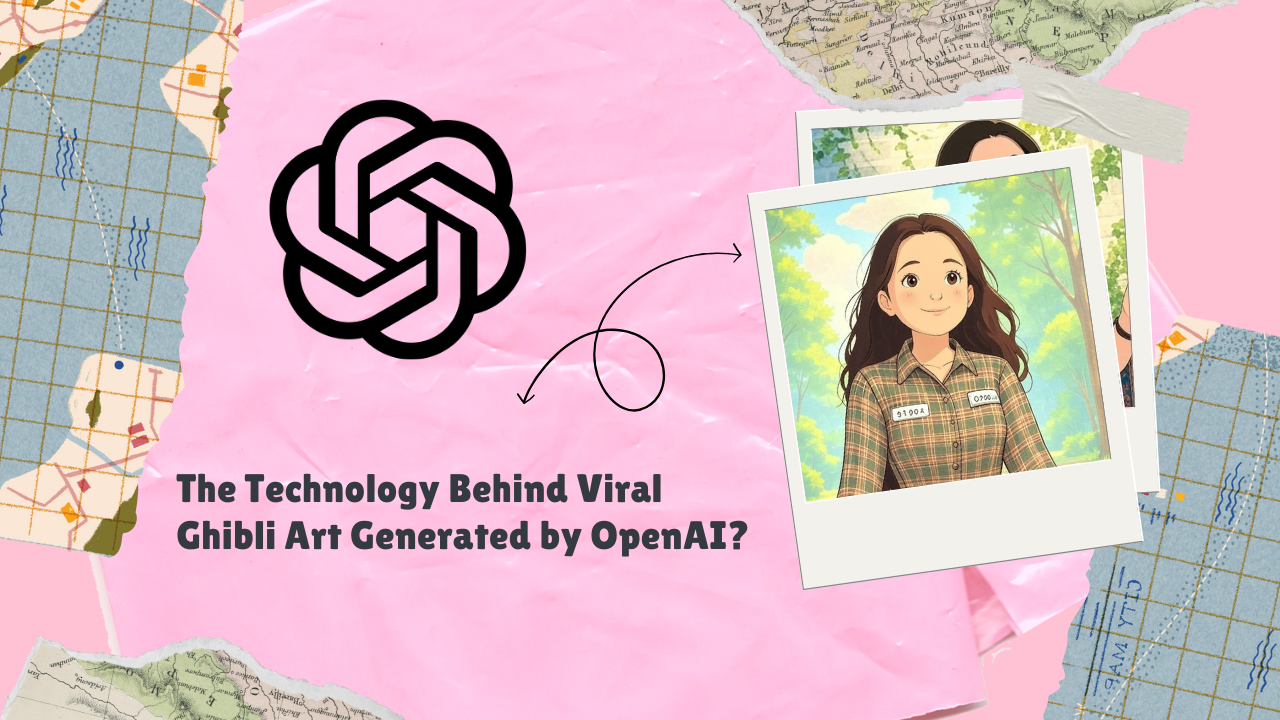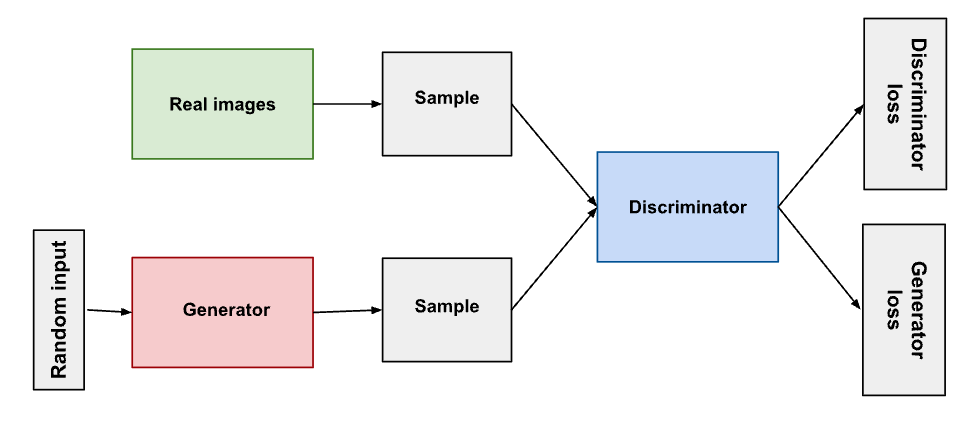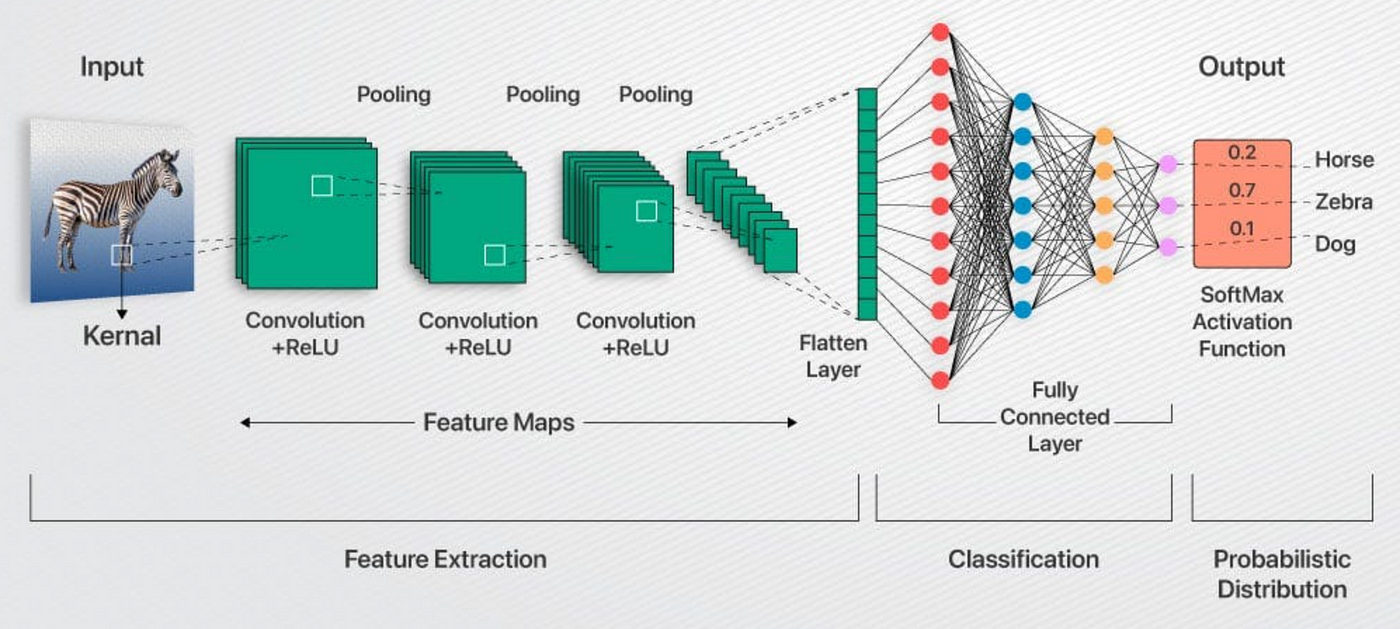The Technology Behind Viral Ghibli Art Generated by OpenAI?
 Aakashi Jaiswal
Aakashi Jaiswal
The Technology Behind Viral Ghibli Art Generated by OpenAI
In recent weeks, social media platforms have been flooded with stunning Studio Ghibli-style art, transforming selfies, pets, and even mundane objects into whimsical creations reminiscent of Hayao Miyazaki's masterpieces. This viral trend owes its success to OpenAI’s latest image-generation update, part of the GPT-4o model. The ability to replicate the signature Ghibli aesthetic has amazed users worldwide, blending nostalgia with AI technology.
What Is Studio Ghibli Art?
Studio Ghibli, founded in 1985 by Hayao Miyazaki, Isao Takahata, and Toshio Suzuki, is a legendary Japanese animation studio renowned for its hand-drawn animation style. Ghibli art is characterized by pastel and muted color palettes, intricate details, and emotionally evocative storytelling. Films like Spirited Away, My Neighbor Totoro, and Howl’s Moving Castle have left an indelible mark on global audiences with their unique visual language.

The viral trend of AI-generated Ghibli-style art taps into this beloved aesthetic. OpenAI’s GPT-4o model has successfully recreated the delicate watercolor-like landscapes, expressive character portraits, and pencil-thin line work that define Studio Ghibli’s artistry. This capability has sparked a creative explosion online, with users transforming personal photos and cultural icons into enchanting works of art.
The Technology Behind AI-Generated Ghibli Art
The creation of Studio Ghibli-style art using AI relies on generative AI tools powered by advanced machine learning algorithms. These tools analyze existing patterns in visual data and use statistical models to generate new content based on user prompts. OpenAI’s GPT-4o model incorporates several key technologies to achieve this remarkable feat:
1. Machine Learning Algorithms
At the core of AI art generation lies machine learning. OpenAI trains its models on vast datasets comprising digitized artwork and descriptive metadata. This training enables the model to understand artistic elements such as color schemes, textures, and compositional techniques.
2. Neural Networks
Neural networks play a pivotal role in generating realistic and stylized visuals. Several types of neural networks are employed:
Generative Adversarial Networks (GANs): GANs consist of two neural networks—a generator and a discriminator—that work together to create images resembling the training data while adhering to user prompts.

Convolutional Neural Networks (CNNs): CNNs identify objects and features within images, enabling the generation of new visuals based on these elements.

Neural Style Transfer (NST): NST allows the transfer of one image's artistic style to another, making it possible to recreate Ghibli-inspired aesthetics.

3. Natural Language Processing (NLP)
OpenAI’s GPT-4o model uses NLP to interpret text prompts submitted by users. Precise descriptions such as “a whimsical forest scene in the style of Studio Ghibli” guide the model in generating accurate visuals that align with user expectations.
4. Training Data
The success of GPT-4o’s image generation depends heavily on its training data. By analyzing thousands of images from various artistic genres—including anime—the model learns to replicate specific styles like Studio Ghibli’s with remarkable fidelity.
How Does It Work?
Creating Ghibli-style art using OpenAI’s GPT-4o involves three main steps:
Input Prompt: Users provide detailed text prompts describing the desired image. For example: “A serene meadow with soft pastel colors and a magical creature inspired by Studio Ghibli.”
Processing: The AI interprets the prompt using NLP and generates an image based on its understanding of artistic patterns learned during training.
Output: The final artwork is rendered in high resolution, showcasing intricate details and stylistic accuracy.
This process empowers users to create professional-quality art without requiring technical expertise or artistic skills.
Why Has This Trend Gone Viral?
Several factors contribute to the widespread popularity of AI-generated Ghibli-style art:
1. Nostalgia
Studio Ghibli films evoke strong emotional connections for many people, reminding them of childhood memories or simpler times. Seeing personal photos transformed into this familiar aesthetic resonates deeply with audiences.
2. Accessibility
OpenAI’s user-friendly interface makes advanced image generation accessible to everyone. Even individuals without artistic backgrounds can explore their creativity effortlessly.
3. Social Media Amplification
Platforms like X (formerly Twitter), Instagram, and Reddit have played a crucial role in amplifying this trend. Hashtags such as #GhibliStyle and #AIGhibli have encouraged users to share their creations widely.
4. Wholesome Content
Unlike many viral trends that can be divisive or controversial, this phenomenon has largely been embraced for its wholesome nature—spreading joy through enchanting visuals.
Applications Beyond Social Media
While social media has been the primary stage for showcasing AI-generated Ghibli art, its applications extend far beyond personal entertainment:
1. Branding and Marketing
Brands have leveraged this trend to engage audiences creatively. For instance, food delivery services have shared Ghibli-style renditions of their delivery partners as part of promotional campaigns.
2. Education
Educators can use AI-generated art to teach students about artistic styles or cultural influences in animation.
3. Personalized Gifts
The ability to transform ordinary photos into magical artworks opens new possibilities for personalized gifts or keepsakes.
Challenges and Controversies
Despite its appeal, AI-generated art faces criticism from some quarters:
1. Ethical Concerns
Critics argue that AI often utilizes existing artistic assets—including copyrighted ones—to create new images without proper attribution or compensation for original artists.
2. Authenticity Debate
Some purists question whether AI-generated works can truly be considered “art” since they lack human intention or emotional input.
3. Copyright Issues
The United States Copyright Office has ruled that AI-generated artwork is not eligible for copyright protection—a decision that raises questions about ownership rights in the age of generative AI.
Future Prospects
The viral success of OpenAI’s GPT-4o model signals exciting possibilities for the future of digital art:
Enhanced collaboration between human artists and AI tools could lead to innovative creative projects.
Advances in generative AI may enable even more precise replication of diverse artistic styles.
Ethical frameworks could evolve to address concerns around attribution and copyright protection.
As technology continues to push boundaries, it is clear that AI will play an increasingly prominent role in shaping the future of art and creativity.
The viral Studio Ghibli-style art generated by OpenAI represents a fascinating intersection of nostalgia and innovation. By harnessing advanced technologies like GANs, CNNs, NST, and NLP, OpenAI has empowered users worldwide to explore their creativity in unprecedented ways. While challenges remain around ethics and authenticity, this trend underscores the transformative potential of generative AI in democratizing artistic expression.
Whether you’re an anime enthusiast or simply curious about digital art’s possibilities, one thing is certain: the magic of Studio Ghibli lives on—not just through traditional animation but also through the boundless creativity unlocked by artificial intelligence.
Subscribe to my newsletter
Read articles from Aakashi Jaiswal directly inside your inbox. Subscribe to the newsletter, and don't miss out.
Written by

Aakashi Jaiswal
Aakashi Jaiswal
Coder | Winter of Blockchain 2024❄️ | Web-Developer | App-Developer | UI/UX | DSA | GSSoc 2024| Freelancer | Building a Startup | Helping People learn Technology | Dancer | MERN stack developer